Cultural Experiences Posts on Crowch
Coffee is far more than just a drink. It is a tradition, a comfort, a source of energy, and a cultural touchstone. For billions of people, coffee marks the start of the day, fuels moments of focus, and offers a reason to pause and connect. Behind every cup lies a journey that spans continents, climates, and centuries, involving countless hands and stories.
A Journey Through History
The story of coffee begins in ancient Ethiopia, where legend tells of a goatherd named Kaldi who noticed his goats becoming unusually lively after eating red berries from a particular shrub. The energizing properties of these berries soon spread to Yemen, where Sufi monks drank coffee to stay alert during long hours of prayer. By the 15th and 16th centuries, coffee had become central to life in the Middle East, served in public coffeehouses that became places of conversation, music, and exchange.
In the 17th century, coffee arrived in Europe, sparking the rise of bustling coffeehouses in cities like London, Paris, and Vienna. These cafés became meeting places for artists, merchants, and political thinkers, shaping culture and commerce. Over time, coffee’s popularity expanded worldwide, becoming a truly global beverage.
Today, coffee is the second most traded commodity in the world after oil, grown in more than 70 countries and providing livelihoods for millions of farmers and workers.
The Flavor Spectrum
Coffee’s taste is shaped by many factors: the variety of the coffee plant, the altitude of the farm, the soil composition, the climate, and the processing method. Beans from Ethiopia might offer floral and citrus notes, while those from Brazil often carry rich chocolate and nut flavors. Roasting further develops the flavor profile, from light roasts that highlight bright acidity to dark roasts with bold, smoky undertones.

Skilled baristas and coffee enthusiasts use a variety of brewing methods — espresso machines, pour-over filters, French presses, AeroPress devices — to bring out the best in each bean. Each method offers a different perspective on the same coffee, creating a world of possibilities in every cup.
Sustainability and Responsibility
The global love for coffee brings challenges. Climate change, deforestation, and volatile market prices threaten coffee production. Farmers in many regions face unstable incomes and environmental pressures that endanger both their livelihoods and the crops themselves.
Sustainable coffee initiatives aim to address these issues through fair trade agreements, eco-friendly farming practices, and certifications like Rainforest Alliance and Organic. As consumers, choosing coffee from responsible sources helps protect ecosystems and support farming communities.
Coffee as a Social Ritual

Coffee plays a social role in cultures around the world. In Italy, people gather for a quick espresso at the bar; in Turkey, coffee is brewed slowly and shared with conversation; in Ethiopia, elaborate coffee ceremonies honor hospitality and tradition. In offices, coffee breaks are moments of informal connection. At home, a shared pot can be the backdrop for meaningful talks.
Your Cup, Your Choice
Exploring coffee can be both personal and global:
- Try beans from different origins to discover new flavor profiles.
- Experiment with brewing methods to find your perfect cup.
- Support local cafés and roasters who work with ethical suppliers.
Coffee is more than just a beverage — it’s a shared human experience, a link between history and the present, and a reminder that something as simple as a cup can bring people together across the world.
On May 25, 2025, Formula 1 returns to the streets of Monte Carlo for what is widely regarded as the sport’s most prestigious and glamorous event — the Monaco Grand Prix. Nestled in the luxurious principality between sea and mountains, this legendary race is where motorsport meets aristocracy, and perfection behind the wheel is the only way to win.
A Circuit Like No Other
The Circuit de Monaco is a challenge of pure skill. With narrow streets, blind corners, unforgiving barriers, and virtually no runoff areas, it tests every aspect of a driver’s ability. There is no room for error — and no place to hide. Even a minor misjudgment can end a weekend instantly.

- Track length: 3.337 km
- Race distance: 78 laps
- Highlights:Turn 6 – Loews Hairpin: The slowest corner in F1Tunnel section: A sudden change from light to dark at high speedRascasse & Anthony Noghes: Where many races are won — or lost
- Turn 6 – Loews Hairpin: The slowest corner in F1
- Tunnel section: A sudden change from light to dark at high speed
- Rascasse & Anthony Noghes: Where many races are won — or lost
Overtaking here is incredibly difficult, so grid position becomes everything. Qualifying day in Monaco is arguably the most exciting session of the entire F1 calendar.

What Makes 2025 Special
The 2025 Monaco GP is expected to be one of the most unpredictable in years, thanks to several key developments:
- Charles Leclerc, Monaco’s hometown hero, still seeks redemption after multiple years of heartbreak at home. Can he finally break the curse and win in front of his people?
- Max Verstappen enters the weekend as a favorite, but the tight Monaco layout doesn’t always reward power — precision is key.
- Lewis Hamilton, now in red with Ferrari, aims to add another Monaco win to his legacy — and reassert himself in the title hunt.
- Oscar Piastri, in his first Monaco drive for Red Bull, is eager to prove himself on the world’s most unforgiving stage.
- Carlos Sainz, leading Audi’s debut season, will look to show that the new team belongs in the spotlight — even in Monaco.
A Tactical Masterpiece
With the 2025 regulation updates — including tier-2 active aerodynamics, enhanced hybrid deployment, and real-time tire degradation sensors — teams will be forced to adapt their race strategies in real time. Pit stops, tire selection, and timing are more critical than ever.
Monaco often features unexpected drama: late safety cars, undercut strategies, and even rain can flip the running order instantly.
Monaco: More Than a Race
Beyond the racing, the Monaco Grand Prix is a cultural phenomenon. It’s the only event where the grid walk is as star-studded as the winner’s podium. Royalty watches from balconies, billion-dollar yachts line the harbor, and global brands compete for visibility.
But beneath the glitz and glamour is a brutal, technical street race — one that demands perfection, courage, and nerves of steel.
Winning in Monaco is not just about points. It’s about etching your name into Formula 1 history. Only the greats have conquered Monte Carlo — and in 2025, a new legend may rise.
Renting a car while traveling is one of the smartest ways to gain freedom, save time, and explore destinations beyond the reach of trains or buses. It allows you to build your own route, stop when and where you want, and discover places tourists often miss.
Car rental is especially useful in countries with scenic roads and rural areas — think Italy, Portugal, Iceland, Spain, Norway, Georgia, or the U.S. Whether you’re driving through mountain villages, coastal highways, or national parks, having your own vehicle turns the journey into part of the experience.
When does it make sense to rent a car?If you're traveling with friends or family, rental costs often come out cheaper than buying multiple train or bus tickets. If your route includes remote towns or nature spots with limited public transport, driving gives you access and flexibility. It's also ideal if you're planning a non-standard route or a road trip across multiple regions.
What should you be aware of?Most rental companies require you to be at least 21 years old and have held a license for 1 year or more. If you're under 25, expect a young driver fee. Some countries require an International Driving Permit (IDP) — for example, Japan, Georgia, or Montenegro.
You’ll need a credit card for the deposit, which is usually between €300 and €1500, held for the duration of the rental and refunded if the car is returned undamaged. Always check the insurance options. Basic coverage often includes high deductibles, so upgrading to CDW (Collision Damage Waiver) or full coverage can be a smart move.

Before driving off, inspect the vehicle and take photos of any scratches, dents, or damage. This protects you from being charged for something you didn’t cause. Also, review local traffic laws — especially regarding speed limits, parking, alcohol tolerance, and toll roads. European countries are strict with traffic fines, and penalties can be automatically charged to your card.
Where to book a car?Use trusted platforms like Rentalcars, DiscoverCars, or EconomyBookings to compare offers. In regions like the Caucasus, Balkans, or Turkey, Localrent is highly rated for working with small local agencies. International brands like Sixt, Hertz, Avis, and Europcar offer 24/7 support and solid service, especially in larger cities and airports.
Tips for smart car rental travel:
- Book in advance for better prices and more vehicle options
- Use a credit card that includes rental insurance, if available
- Don’t rely on Google Maps alone — keep offline navigation as backup
- Watch fuel policies (full-to-full is usually best)
- Avoid one-way rentals across borders unless clearly permitted
Conclusion:Renting a car gives you more than just transportation — it gives you independence, comfort, and access to places off the tourist path. With careful planning and attention to local rules, it can be one of the most rewarding choices for your trip. Drive safely — and enjoy the freedom of the open road.
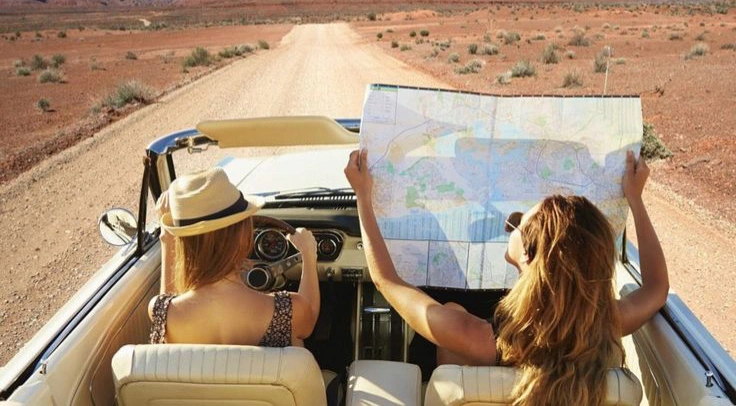
Carpooling and Rideshares
BlaBlaCar is Europe’s leading rideshare platform. It connects drivers with passengers on similar routes:
- Cheaper than trains and often faster
- Great for meeting locals and discovering off-the-beaten-path places
- Available in countries like France, Spain, Germany, Italy, and Poland
Tip: Check user ratings and verify details before booking a ride.
5. Urban Transport: Getting Around Cities
- Most European cities have excellent public transport (metro, trams, buses)
- Use apps like Moovit, Citymapper, or Transit for real-time directions
- Many cities offer daily or weekly passes that save money over single tickets
- For short distances, try shared e-scooters (Tier, Lime, Bolt) or bike rentals
Tip: In smaller cities, walking is often the best (and most enjoyable) way to explore.
6. Ferries and Boats

In countries like Greece, Italy, Croatia, and Scandinavia, ferries are essential:
- Book tickets for inter-island or coastal travel through Direct Ferries, Ferryhopper, or local operators
- Ferries may be slower than flights but offer a scenic and relaxing experience
- Some night ferries include cabins — saving on hotels
Final Thoughts
Traveling across Europe doesn’t have to be expensive. With dozens of transportation options — from budget flights and buses to trains and ferries — you can build a route that fits your schedule and your wallet. The key is to plan ahead, stay flexible, and always compare options.
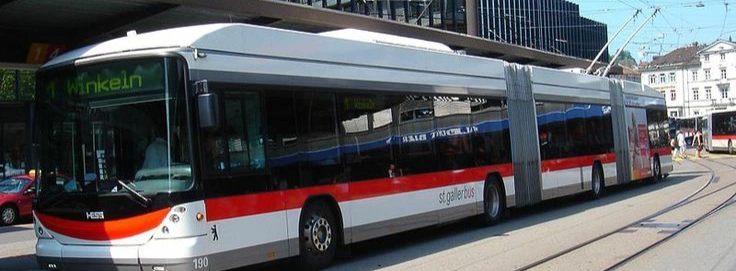
Whether you’re backpacking for a month or taking a quick weekend escape, smart transport choices will help you go further, see more, and spend less.
Affordable Transportation
Start with budget airlines like Ryanair, Wizz Air, and easyJet. Flights between cities often cost less than €20 if booked in advance. To keep it cheap, travel light (carry-on only), avoid seat selection and extras, and be flexible with travel dates.
For land travel, buses and regional trains are cost-effective. FlixBus, BlaBlaCar Bus, and RegioJet offer routes across dozens of countries. Overnight buses help save both time and money on accommodation. If you're planning multiple train journeys, consider an Interrail (for EU citizens) or Eurail (non-EU) pass — it can reduce per-trip costs and simplify travel.
Budget Accommodation
Accommodation is one of the largest travel expenses, but there are ways to save:
- Hostels are ideal for solo travelers and backpackers, often starting at €10–15 per night.
- Airbnb or private rentals can be cheaper for couples or small groups.
- Couchsurfing is completely free and offers a local perspective.
- University dormitories, available in summer, offer basic but affordable short-term stays.
Always compare prices across Booking.com, Hostelworld, and Airbnb for the best value.
Food and Dining
To eat well and stay on budget:
- Buy groceries from local supermarkets or visit markets for fresh food — most hostels and rentals have kitchens.
- Many restaurants in Central and Eastern Europe offer lunch menus for €5–7.
- Street food is popular, filling, and usually inexpensive (try döner in Berlin, zapiekanka in Krakow, or crêpes in Paris).
- Tap water is safe to drink in most European countries — carry a reusable bottle.
Free and Low-Cost Experiences

Europe is full of beauty and culture that doesn’t cost a thing:
- Join free walking tours in cities like Prague, Barcelona, or Budapest — just tip the guide.
- Museums and galleries often offer free entry once a month or on certain days.
- Explore national parks, city gardens, riversides, and historical neighborhoods for free.
- Attend local markets or festivals — they offer a cultural experience with no admission fee.
Stay Connected Cheaply
Avoid roaming fees with a regional eSIM plan. Providers like Airalo, Holafly, and Nomad offer data-only plans covering most European countries.
- Activate in minutes via QR code
- Plans start around €4–5
- No need to change physical SIMs in every country
- Perfect for using maps, translators, and booking apps on the go
Final Tips for Budget Travelers
- Travel in shoulder seasons (spring and fall) to get lower prices and fewer crowds
- Be flexible with routes and dates to catch the best deals
- Use apps like Rome2Rio, Omio, or Skyscanner for transport planning
- Track your spending with tools like TravelSpend or Trail Wallet
- Pack smart — extra baggage fees can ruin your budget
Conclusion

Перезагрузить файл
Traveling in Europe on a budget is not only possible — it’s one of the most rewarding ways to explore. You’ll meet more locals, take more interesting routes, and often experience destinations more authentically. With smart planning, affordable travel becomes not just realistic, but deeply enjoyable.
Turkey enforces strict IMEI regulations. If a foreign phone connects to Turkish networks for more than 120 consecutive days, the government may automatically block the device from accessing mobile services — including eSIM connections. This applies regardless of whether you're using a physical SIM or a digital eSIM.
To prevent blocking, long-term visitors (expats, students, remote workers) must register their device with the Turkish government. The cost of IMEI registration in 2024 ranges from 6,000 to 9,000 Turkish lira (subject to change).
However, tourists staying for up to 3–4 months are not affected, and can use eSIM freely within the 120-day limit.
How to Set Up an eSIM for Turkey

- Choose a trusted eSIM provider, such as Airalo, Holafly, Nomad, or Ubigi
- Search for Turkey or regional plans covering Turkey and compare packages (usually 1–20 GB, valid for 7 to 30 days)
- Purchase your plan and receive a QR code or app activation instructions
- Install the eSIM through your phone settings (e.g., Settings → Mobile Data → Add eSIM)
- Make sure you are connected to stable Wi-Fi during activation
Coverage and Network Performance
Most international eSIM providers partner with major Turkish carriers:
- Turkcell (best overall coverage and speed)
- Vodafone Turkey
- Türk Telekom
When possible, choose plans that specify Turkcell for optimal performance in both urban and rural areas.
Tips for a Smooth Experience

- Check that your phone is unlocked and supports eSIM
- Install the eSIM before departure, or immediately upon arrival using hotel Wi-Fi
- Do not delete the eSIM profile once installed — most cannot be reinstalled
- Keep a copy of the QR code or activation link in case of reinstallation
- Compare multiple providers — pricing, data limits, and speed can vary significantly
Special Offer
Planning to visit Turkey soon?Get 10% off any eSIM plan for Turkey or 190+ other countries using promo code ESIMTR10 at checkout on [insert your platform or link here].
Whether you’re visiting for a week of sightseeing or a month of remote work, eSIM is a smart and hassle-free way to stay online in Turkey — without the need for local SIM cards, paperwork, or waiting in line at the airport.
Fast connection, fair prices, full freedom — travel smarter with eSIM.

💧 Water, Water Everywhere—But None to Drink
Imagine drifting in the middle of the ocean. The sun is merciless, your throat is dry, your lips crack with every breath. You're surrounded by infinite water, but drinking it would only hasten your death. This was the haunting reality for sailors for centuries.
Until the 19th century, even the grandest ships couldn’t carry enough fresh water for months-long voyages. Seafarers had to rely on ingenuity, strict rationing, and sometimes sheer luck to survive. Why was rum a survival tool, not just a pleasure? How could rain feel like salvation? And what desperate measures did crews take to squeeze drinkable water from the sea?

🪙 Fresh Water Was Liquid Gold
On sailing ships, water was more valuable than gold. Every drop mattered. A sailor was typically allowed less than 1.1 liters per day—for drinking, cooking, washing wounds, and maybe washing their face.
Water was stored in oak barrels placed low in the hull to help balance the ship. But even the best wood couldn’t preserve freshness for long. Within two weeks, water often turned murky, foul-smelling, and tasted like stagnant swamps. And yet—they still drank it. There was no alternative.
During critical shortages, daily rations were cut in half—or more. Desperation turned dirty water into a grim necessity.

⚗️ Silver, Spirits, and Survival
Though unaware of microbes, sailors were not without cleverness. To slow spoilage, they dropped silver coins or scrap metal into barrels—an early, crude form of sanitization. Modern science confirms silver’s antibacterial properties, though it sometimes caused rashes, nausea, or eye irritation.
Another trick? Alcohol. Adding rum or brandy to barrels didn’t just mask bad taste—it killed bacteria. This mix, often called “medicinal blend,” was the difference between life and a slow death by dysentery.
🍹 Grog: The Double-Edged Sword
British sailors were issued half a pint of rum daily. To curb drunkenness, it was diluted with water, birthing a concoction known as grog.
Paradoxically, grog worsened dehydration. But for many, a sip of diluted alcohol was a comfort amid agony. When water supplies ran low, rum became the final hope for liquid survival.
It didn’t save lives in the long term—but it gave courage to face another day.

🌧️ Rain: A Gift From the Heavens
Rain meant salvation. Sailors quickly adapted to “catching the sky.” Canvas sheets, sails, or even upside-down masts were repurposed to funnel rain into barrels. In tropical waters, a single storm could fill dozens of containers.
Diaries from the era speak of euphoric joy during downpours—dancing, singing, even crying. Ships sometimes sailed toward storm clouds, risking lightning and waves for a chance at freshwater. Rain wasn’t just weather—it was deliverance.

🪤 Rotten Barrels and Unseen Dangers
Barrels often spoiled from within. Worms, mold, algae, and sometimes rats or dead birds contaminated supplies. Entire compartments had to be dumped overboard.
Crews scrubbed barrels with brushes and vinegar, sometimes boiling them on shore. But in hot climates, even clean barrels could rot quickly. Water loss through leaking barrels into the bilge was common—and contaminated the ship’s lowest deck with dangerous filth.
🔥 Early Desalination: Not Quite a Miracle
Technically, seawater could be turned into fresh water. As early as the 16th century, sailors experimented with crude desalination devices—boiling seawater and capturing the steam. But early models were unreliable, produced tiny amounts, and often broke down.
By the 18th century, British and Spanish ships began carrying such devices on long voyages, and later—solar stills. But cloudy skies and technical flaws meant these were rarely dependable.
🌊 A Monastery Suspended Between Sky and Sea
Santa Maria dell’Isola is more than a historic monastery—it’s an emblem of Calabria’s soul. Rising majestically above the Tyrrhenian Sea on a rocky promontory in Tropea, this architectural gem appears to hover between sea and sky. With roots tracing back over a millennium, its structure is a fusion of Romanesque strength and Gothic grace. But more than that, it’s a place where time slows, and the Mediterranean whispers the stories of centuries past.
The first glimpse of the monastery, set against shimmering blue waters, leaves a lasting impression. Its cliffside location, often mistaken for an actual island, is linked to both local legend and ancient navigation routes. Accessible via a narrow land bridge, the promontory provides not only geological stability but also a stunning panoramic perspective—ideal for capturing unforgettable travel photos.
🏗️ Layers of Time in Stone and Design
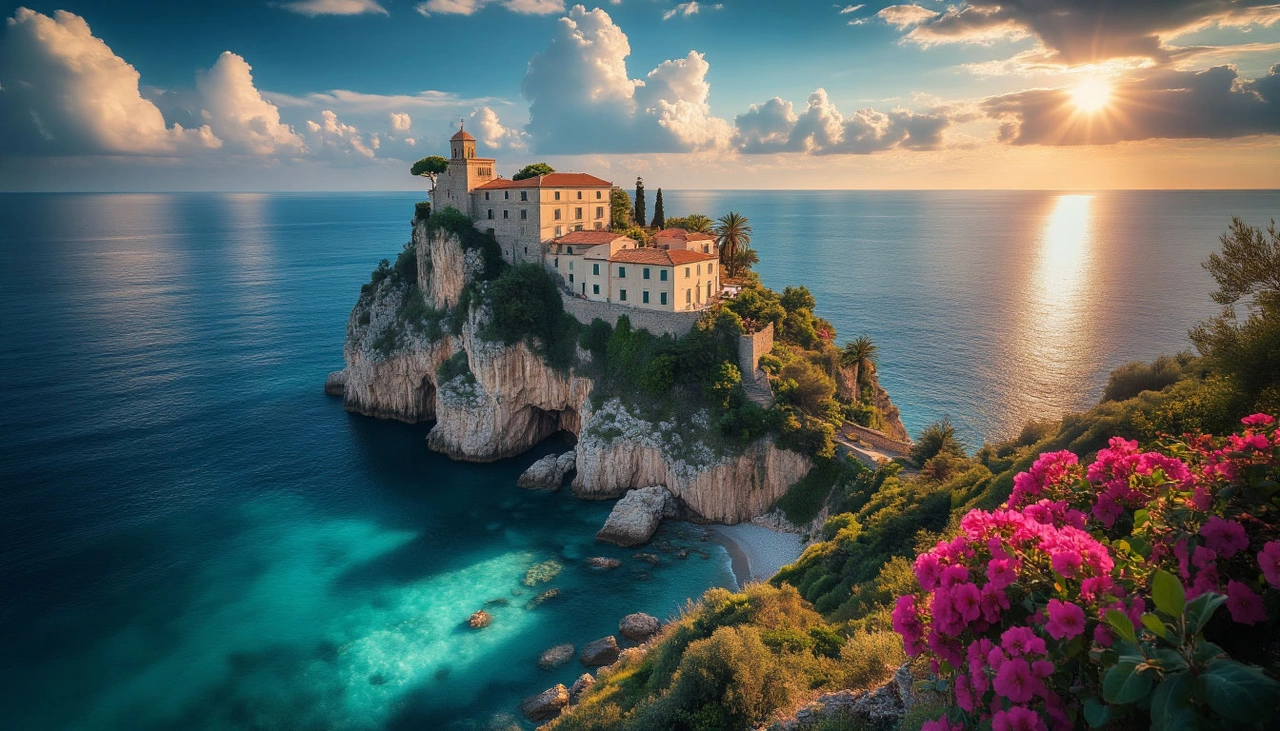
The architecture of Santa Maria dell’Isola reveals centuries of adaptation and survival. Initially built with Romanesque solidity—rounded arches, thick walls, and simple geometries—the structure later acquired delicate Gothic elements. Pointed arches, intricate carvings, and a refined facade were added during successive renovations following earthquakes.
Built with local stone, the monastery’s walls are engineered to endure the salty air and seismic tremors. Interior reinforcements and clever construction techniques allowed this monument to withstand nature’s tests while retaining its elegance. It’s a textbook example of Southern Italian engineering adapted to a volatile yet beautiful landscape.
🖼️ Sacred Icons and Mysterious Legends

At the spiritual heart of the complex lies a rare 12th-century Byzantine icon of the Virgin Mary, painted in tempera and decorated with gold leaf. This artifact is not only a devotional object but a bridge to the region’s Eastern Christian heritage. Legends say the Virgin Mary appeared in a vision here in 1638, warning of a coming earthquake. Remarkably, historical records confirm such an event—yet the townspeople were spared, possibly due to the timely evacuation prompted by the vision.
Another tale tells of a wooden statue of the Madonna arriving by sea during the iconoclastic period, when sacred images were being destroyed in the Byzantine Empire. Smuggled across the Mediterranean, it found a new sanctuary on this promontory, adding to the mystique and sanctity of the site.
🥾 Getting There: The Path and the Experience
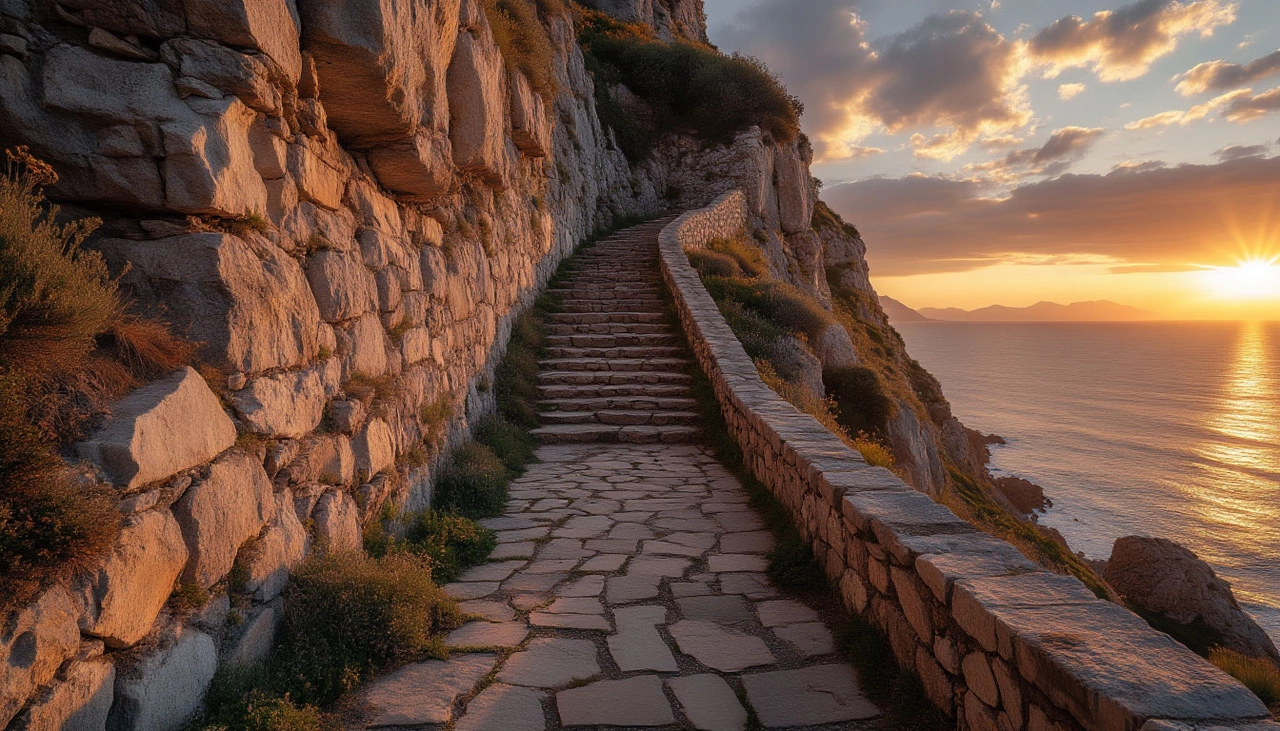
Visitors can reach the monastery via a carefully constructed 18th-century staircase carved into the rock. With around 100 steps and strategically placed rest platforms, the climb is manageable and rewarding. The best times to visit are early morning (8–10 AM) or late afternoon (5–7 PM), when soft lighting enhances the natural beauty and makes photography especially magical.
From the top, you’ll be rewarded with a 360-degree view: Tropea’s historic old town on one side and endless sea horizon on the other. This elevated vantage point provides insight into why this location was both spiritually and strategically chosen by its ancient builders.
🎉 Living Traditions and Local Celebrations
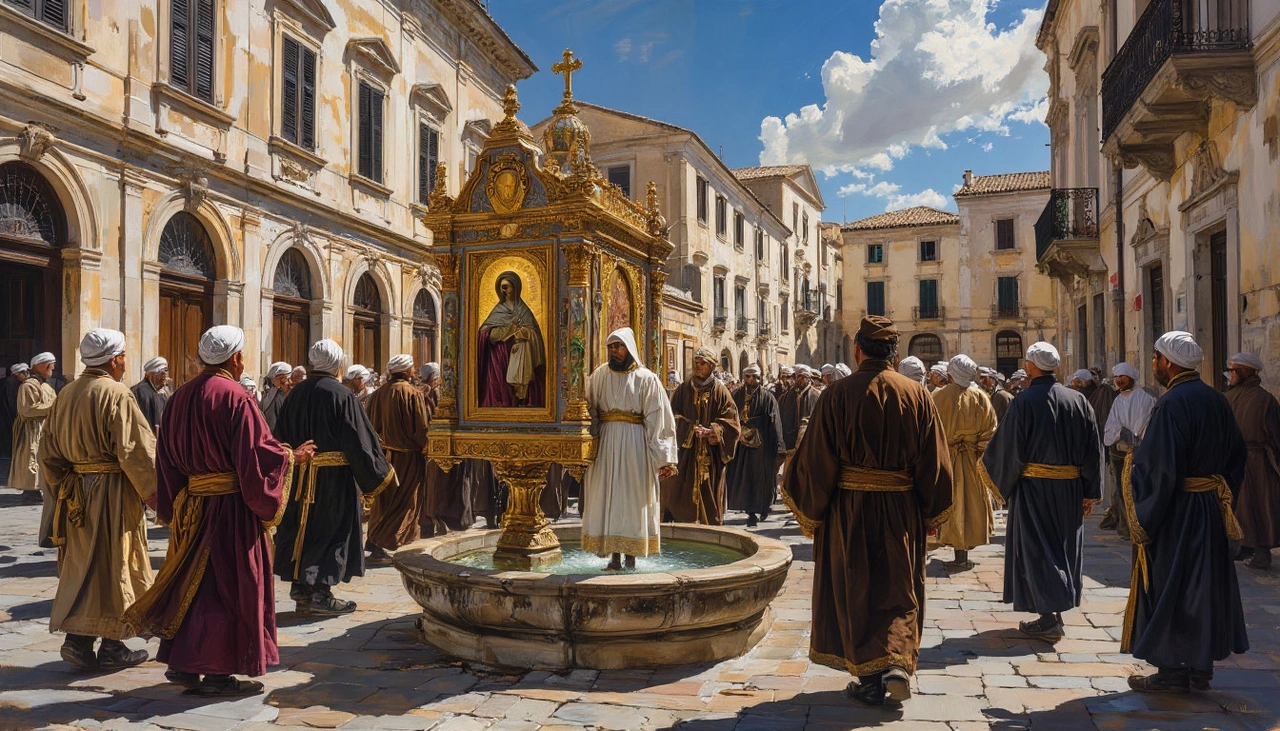
Though historic, Santa Maria dell’Isola is still alive with religious tradition. The highlight of the year is August 15—Feast of the Assumption—when a grand procession carries the Byzantine portrait of the Virgin through the cobbled streets of Tropea. This ritual, unchanged since the 17th century, draws pilgrims and locals alike in a vibrant display of faith and continuity.
Beyond spirituality, Tropea also delights with its culinary gifts. The famed Tropea red onion (Cipolla Rossa di Tropea IGP), sweet and mild thanks to iodine-rich coastal soil, is a staple in local dishes. It’s a reminder that culture here flows from both the land and the sea.
🚗 Beyond the Cliff: How to Explore the Region
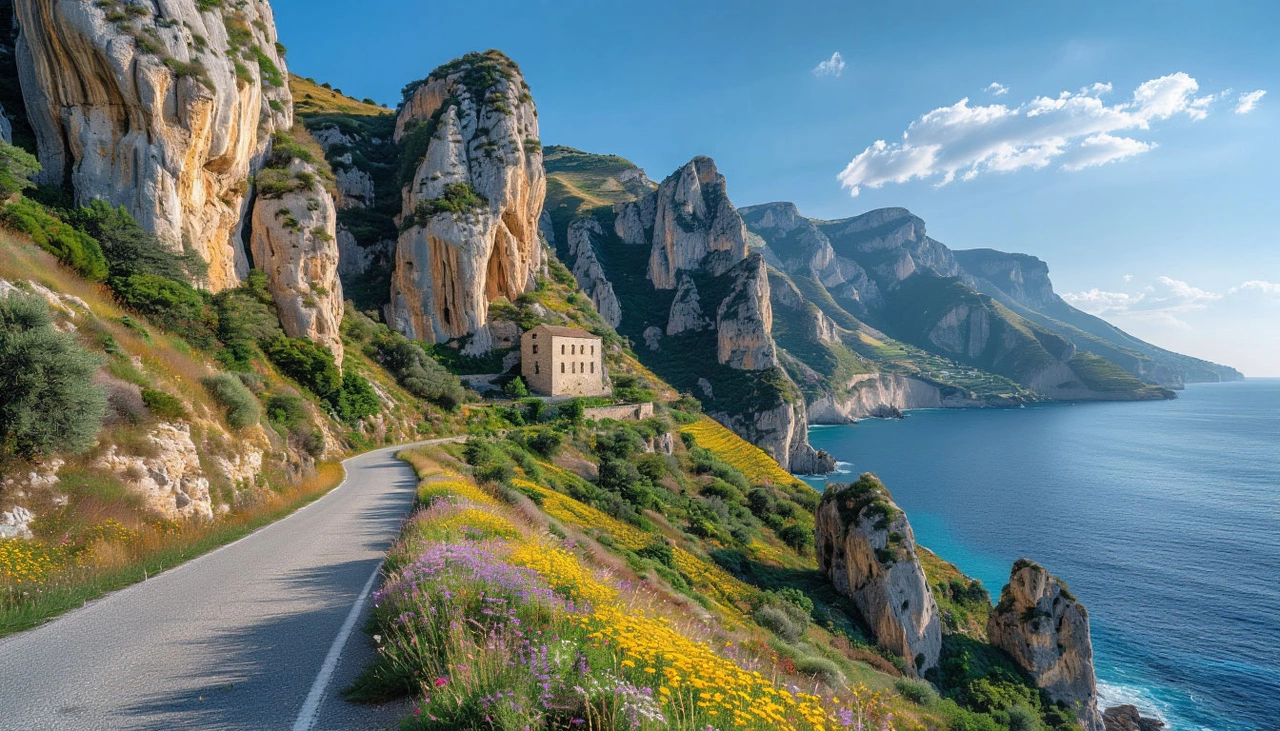
Reaching the site is easy with Calabria’s developed road system. Renting a car gives travelers flexibility to discover nearby gems, such as the town of Pizzo—home to the cave church of Piedigrotta and the historic Murat Castle. For a different perspective, boat tours along the Costa degli Dei (Coast of the Gods) offer dramatic views of the monastery from the water, echoing the way ancient sailors once encountered it.
These tours use shallow-draft boats, allowing close approaches to the rugged cliffs. It’s a uniquely immersive way to see the monastery as part of a landscape shaped by wind, water, and myth.
🌋 Bonus Journey: Volcanic Echoes Across the Sea
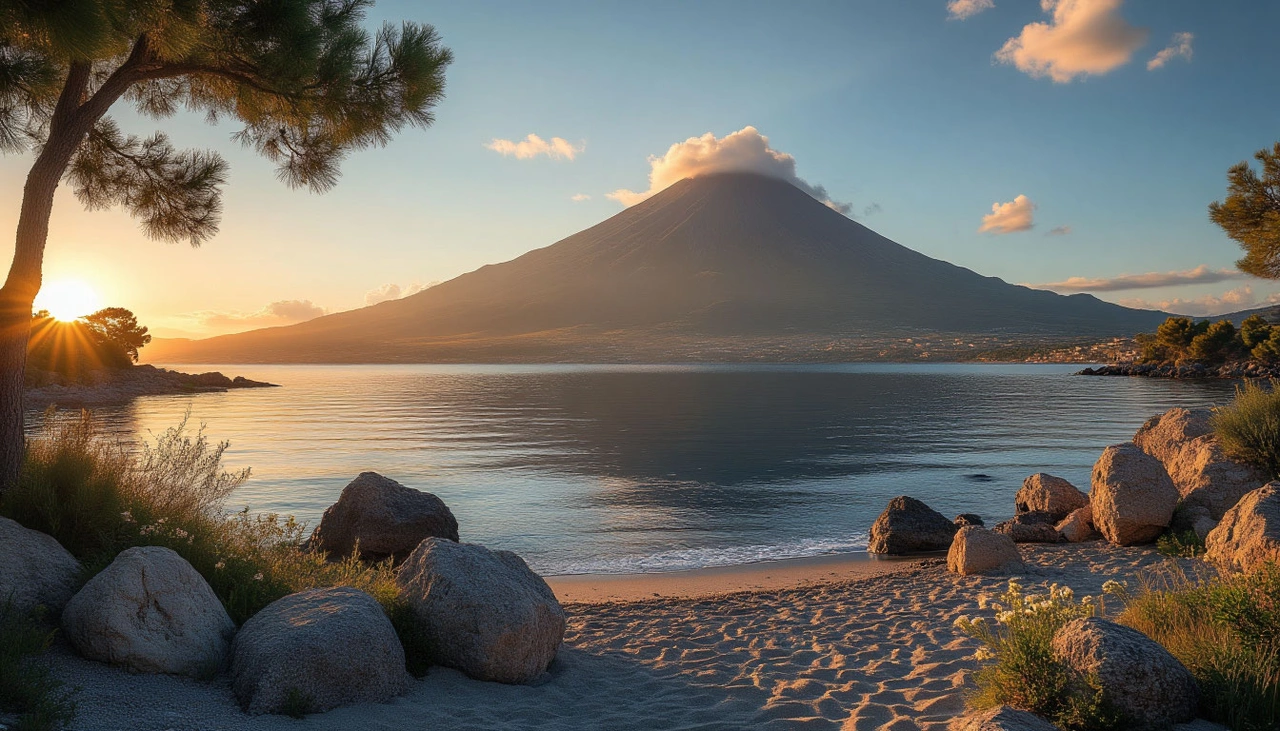
For the adventurous, a day trip to the Aeolian Islands is within reach. This volcanic archipelago—visible from Tropea on clear days—has been inhabited since Neolithic times. The islands offer hiking, archaeological sites, and the chance to see an active volcano, Stromboli, up close. It’s a fitting companion destination to Santa Maria dell’Isola, connecting geological wonders with spiritual heritage.
🇮🇷 Iran: Land of the Aryans
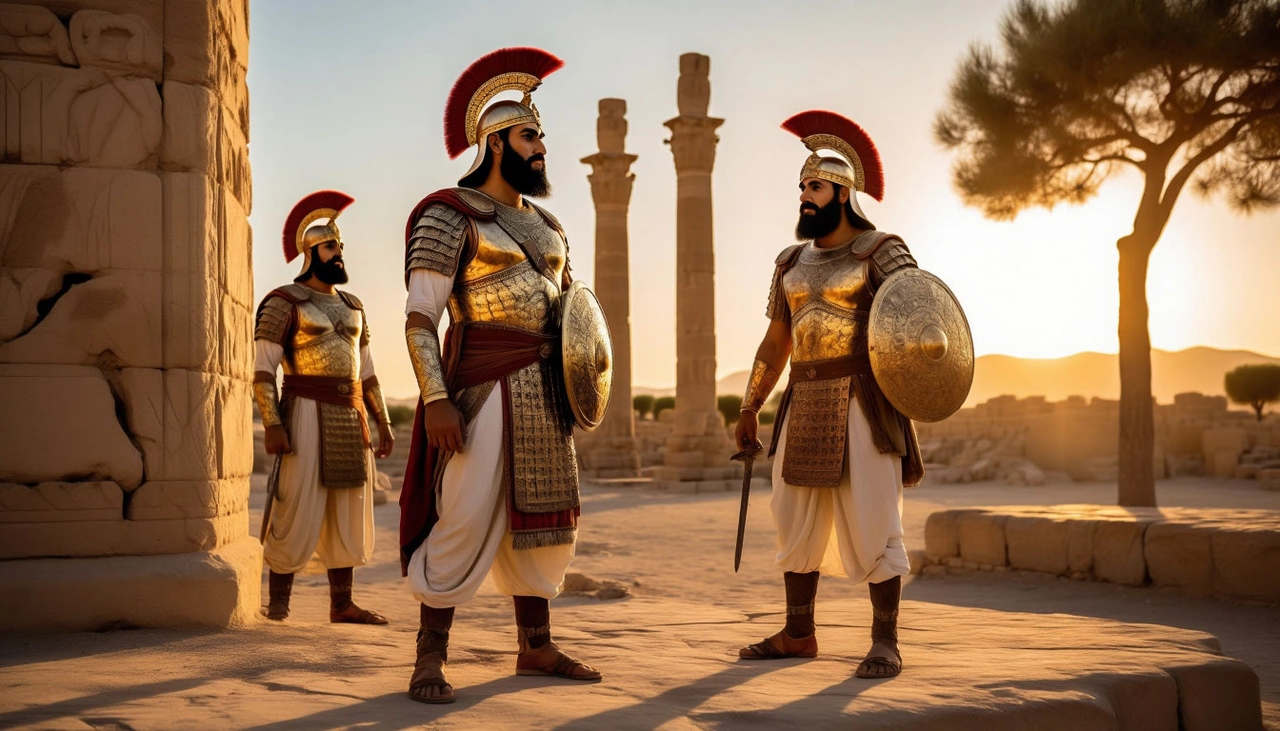
Despite frequent confusion with Iraq, Iran is a world apart — culturally, linguistically, and historically. Unlike its Arab neighbors, Iran is not an Arab nation. The majority of its population are Persians who speak Farsi, a language belonging to the Indo-European family. This linguistic distinction alone points to ancient origins.
The name Iran derives from the word Aryana, which translates to "land of the Aryans." The Aryans were ancient Indo-European tribes believed to have migrated south from the steppes of Central Asia, including areas that are now Kazakhstan and southern Russia. These tribes later laid the foundations for the great civilizations of Persia and India.
Until 1935, the country was known internationally as Persia — a name derived from the region of Pars (modern-day Fars), the cradle of the Achaemenid Empire. But that year, Reza Shah Pahlavi requested the international community to use the local name "Iran" to emphasize the nation’s deep historical roots and unity.
Today, the name Iran continues to reflect its mythological and historical identity — a reminder of Zoroastrianism, epic poetry like Ferdowsi’s Shahnameh, and a civilization at the heart of the crossroads between East and West.
🇮🇶 Iraq: Shoreline of Civilizations
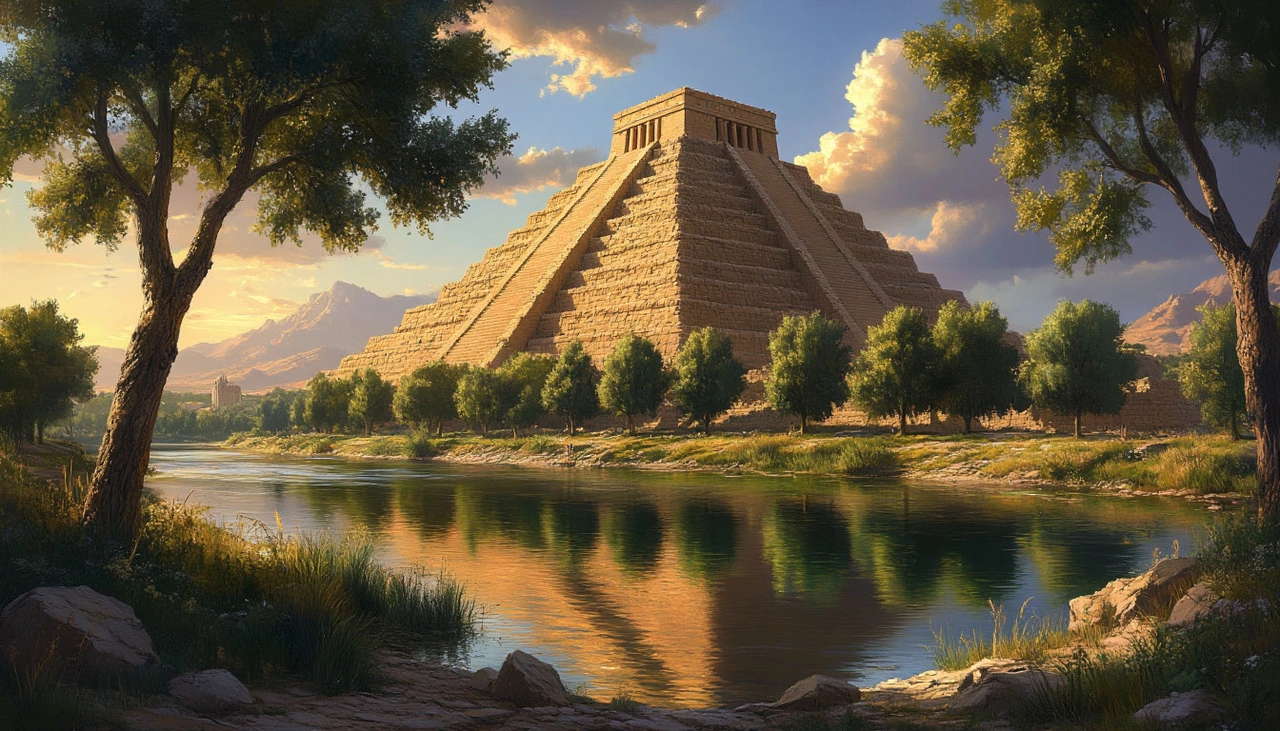
Iraq — though often geopolitically entangled with Iran — carries a legacy of its own, dating back to the dawn of civilization. This is the land of Mesopotamia, the "land between rivers," where the Sumerians, Akkadians, Babylonians, and Assyrians changed the world by inventing the wheel, writing, and city-states.
The Arabic word al-‘Irāq likely stems from a term meaning "shore" or "lowlands," referring to the fertile riverbanks contrasting the surrounding deserts. During the early Islamic era, the name encompassed a larger region that included both Arab and Persian lands.
Baghdad, the capital, rose to intellectual prominence under the Abbasid Caliphate, drawing scholars from across the Islamic world. Thinkers like Al-Khwarizmi and Avicenna studied here, turning Iraq into a hub of science, philosophy, and medicine.
Thus, Iraq is more than a name. It's a riverbank soaked in the history of humanity — a place where myth, empire, and knowledge met in a unique and lasting legacy.
🇪🇬 Egypt: Land of the Black Soil and Soul of Ptah
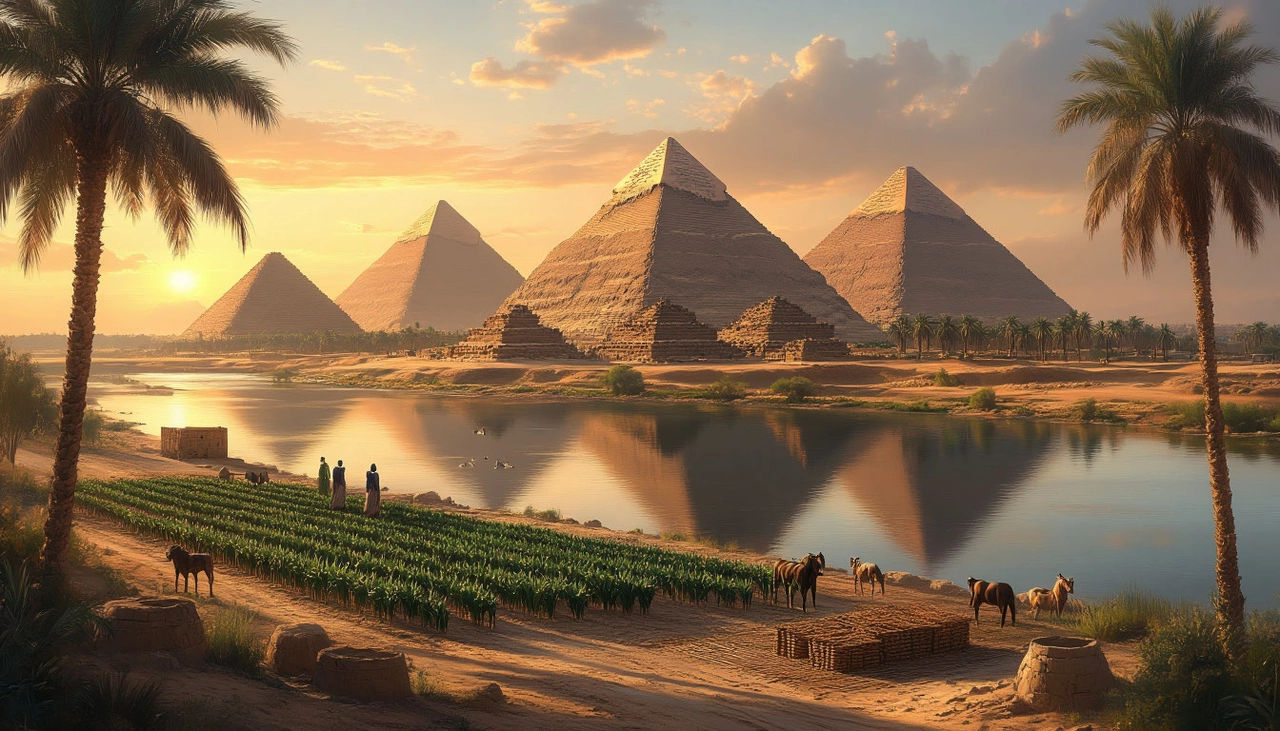
Modern minds associate Egypt with pyramids, pharaohs, and the Sphinx. But the name "Egypt" masks deeper cultural layers. The ancient Egyptians called their land Ta-Kemet, or "Black Land," referencing the dark, nutrient-rich soil deposited by the Nile’s annual floods — a stark contrast to the surrounding Ta-Deshret or "Red Land" desert.
Later, in Coptic Christian tradition, the name Kemet persisted. But after the Arab conquest in the 7th century, a new name took root: Misr. In Arabic, it denotes not only a nation but a well-settled, civilized area — a place of order amidst nomadic chaos. Misr also carries significant meaning in Islamic texts, often symbolizing civilization itself.
Meanwhile, the Western name Egypt stems from the ancient Greek Aigyptos, a distorted version of the ancient phrase Hut-Ka-Ptah — “Home of the Soul of Ptah.” Originally, this referred specifically to Memphis, one of the oldest and most sacred cities of ancient Egypt.
Today, Egypt stands as a country with three coexisting names — Ta-Kemet, Misr, and Egypt — each telling a different chapter of a 5,000-year-old story.
Swimming Is Not an Innate Skill — It’s Learned and Culturally Shaped 🏊♂️
Swimming, contrary to popular belief, is not a natural ability inherent to all humans. It’s a learned skill that depends heavily on opportunity, environment, and cultural motivation. Historically, swimming was primarily necessary for specific professions—fishermen, sailors, and soldiers. For most people, especially before the 20th century, swimming was rare and often non-essential.
In Western countries, the culture of recreational swimming developed alongside growing wealth, paid holidays, and the rise of beach tourism, starting in the early 20th century. In contrast, East Asian countries like China, Japan, and Korea embraced this cultural shift much later or only partially.
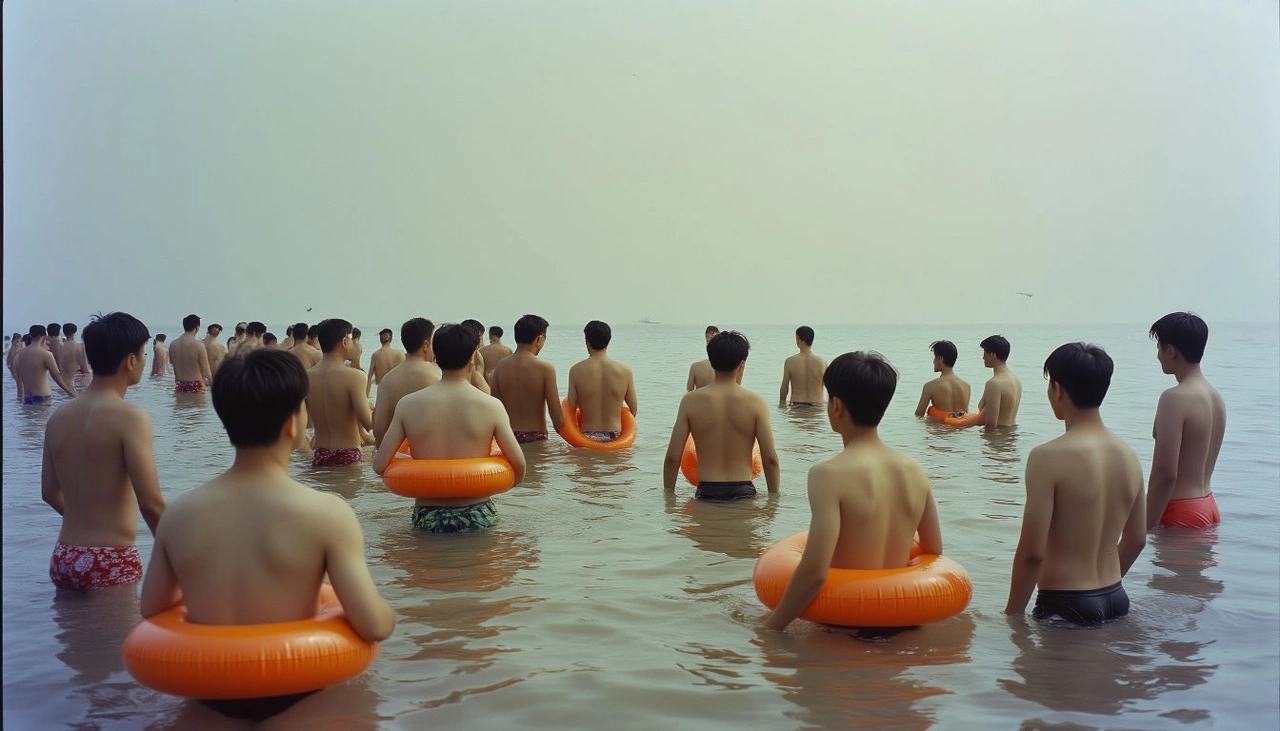
Rice Farming Societies: Labor Intensity Leaves Little Room for Leisure 🌾
The economies and societies of China, Korea, and Japan have been deeply influenced by rice agriculture. Unlike wheat, rice cultivation demands meticulous, labor-intensive care involving careful water management and strict timing. Any delay or mistake can result in crop failure. Consequently, work rhythms in these societies have historically been relentless, with minimal breaks and few days off.
Even today, in urban environments, working hours are long, overtime is the norm, and vacation time is often sacrificed for career advancement. Leisure activities like swimming, which require time, relaxation, and a break from routine, often don’t fit into this demanding lifestyle.
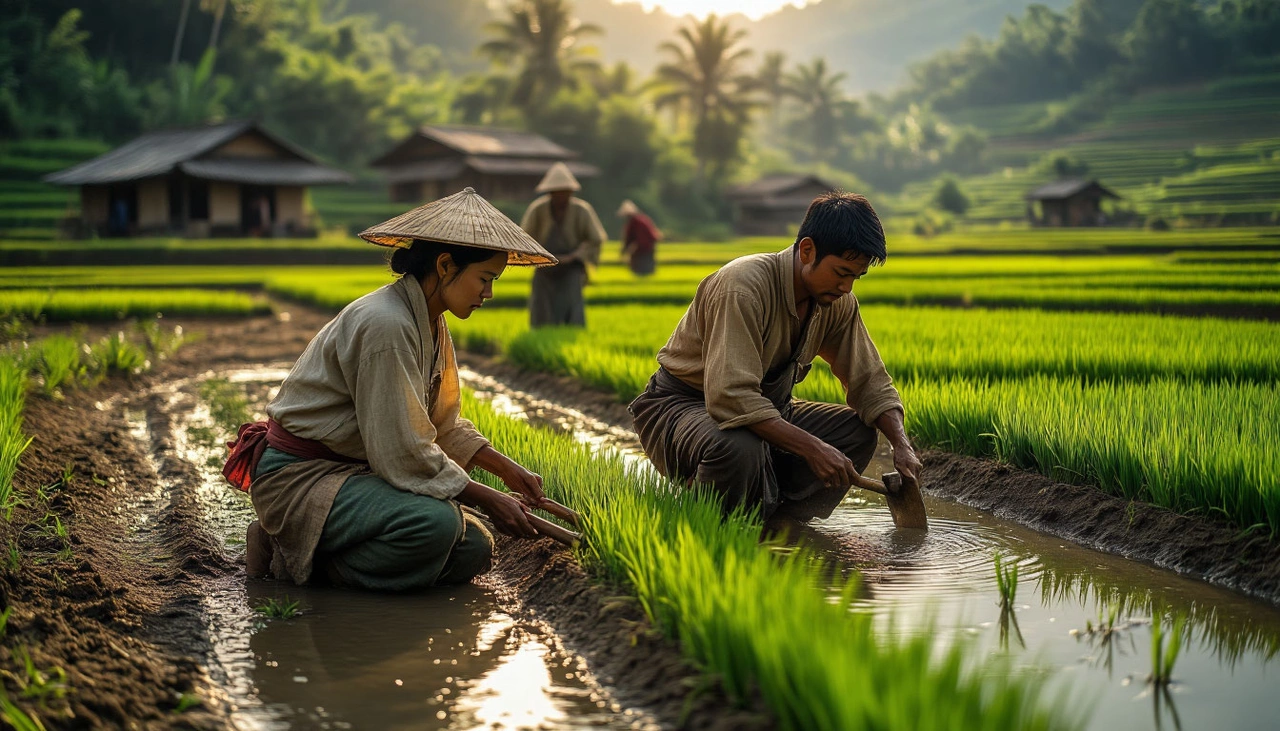
Leisure Time Was a Luxury for Generations ⏳
Japan’s economic boom only really took off after World War II, gaining momentum in the 1970s. Korea’s rise began mostly in the 1990s, while China’s rapid urbanization and income growth started around the early 2000s. This means mass access to leisure, including swimming, arrived very recently—within a generation or two.
Meanwhile, Western societies have enjoyed widespread access to pools and beaches for nearly a century, embedding swimming deeply into their culture. In many East Asian families, swimming is not viewed as a necessary or expected skill, and many parents don’t prioritize teaching their children.
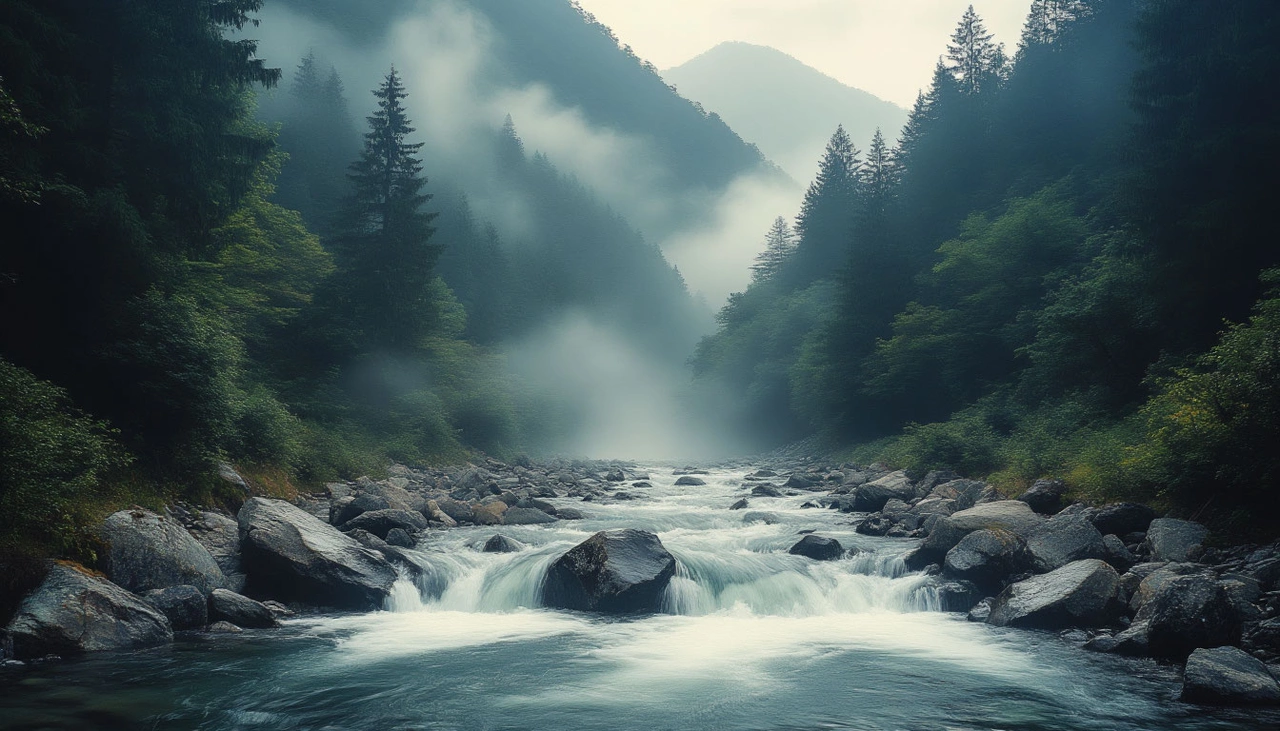
Geography and Climate: Not Always Swimming-Friendly 🏔️🌧️
Despite the long coastlines, the natural environment of East Asia doesn’t always invite swimming. Japan and South Korea are mountainous countries with short, cold, fast rivers—far from the calm, warm waters ideal for swimming lessons. These rivers are noisy, shallow, and unpredictable, discouraging recreational use.
The seas bordering these countries, especially the Pacific coast, are often turbulent. Strong tides, currents, and sudden weather changes are common, along with frequent typhoons and storms, creating real dangers at the beach.
China’s terrain is more varied, but many rivers are muddy, prone to flooding, or surrounded by agricultural land, making easy and safe access to open water scarce. Moreover, winters in these countries are cold and long, shortening the swimming season to just a few months a year, further limiting regular practice.

Cultural Norms: Modesty, Shame, and Fear of Embarrassment 🙈
Cultural factors also play a crucial role. In many East Asian societies, social conformity and modesty are highly valued. The fear of standing out or being judged negatively often discourages people from trying activities where failure or awkwardness is visible.
Swimming involves exposure of the body and unfamiliar movements, which can trigger discomfort and embarrassment, especially for women. In Japan, for instance, many young women prefer to swim fully clothed or cover up extensively at the beach, which complicates swimming instruction and participation.
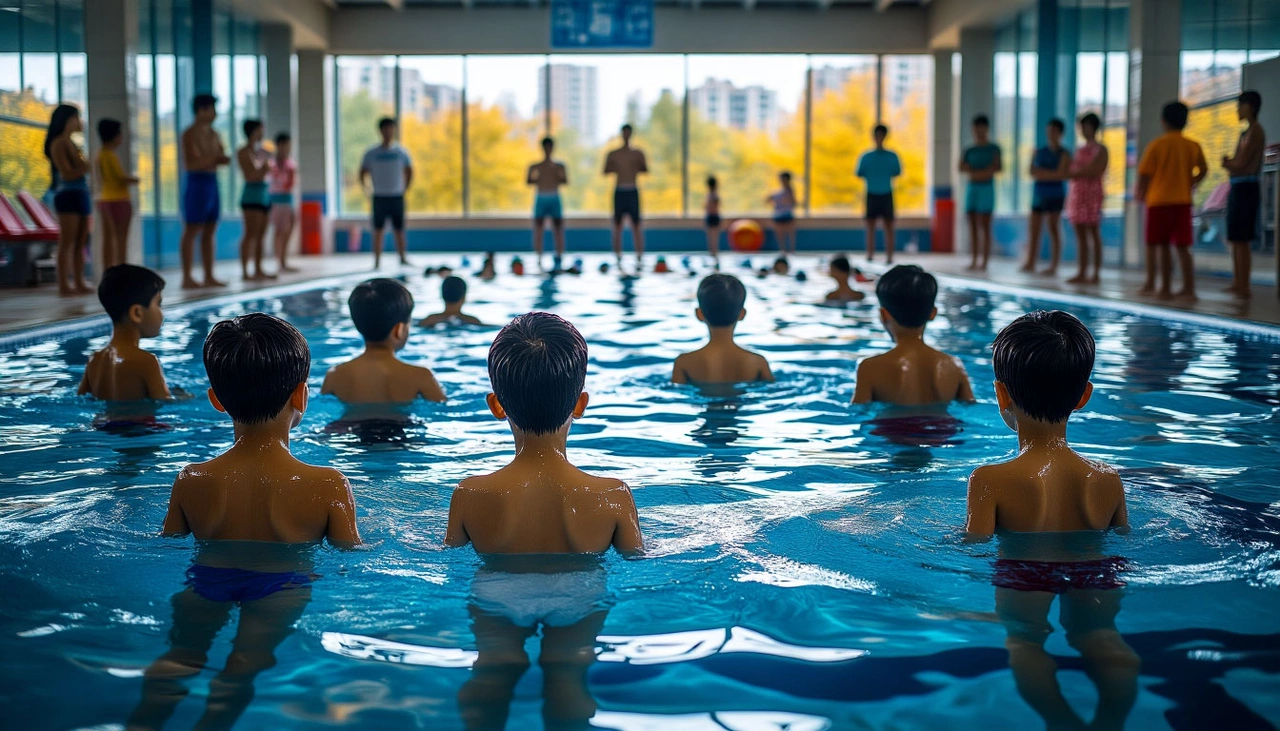
Current Reality: Basic Swimming Skills but Limited Confidence in Open Water 🌅
There is no precise data on swimming proficiency in these countries, but trends are clear. In Japan, nearly all children learn to swim in school pools, which are often shallow and designed more for water safety and comfort than mastering advanced swimming. Many adults can swim but prefer to stay close to the shore or avoid deep waters.
China’s situation varies by region. Urban children increasingly take swimming lessons at schools or private pools, but rural populations often lack access to facilities or safe natural water bodies, leaving many without swimming skills.
South Korea shows a similar pattern: swimming education exists, but it focuses on basic survival skills. Even confident swimmers tend to approach the ocean cautiously, frequently using life jackets or flotation devices.

Conclusion: A Complex Mix of History, Environment, and Culture 🎎🌏
The rarity of confident swimming among Japanese, Chinese, and Korean people isn’t due to an inherent inability but rather a combination of historical labor demands, environmental challenges, cultural values, and limited leisure time. The sea has traditionally been seen as a powerful, dangerous force rather than a place for recreation.
While urbanization and modernization have improved access to swimming lessons and pools, especially for younger generations, the cautious attitude toward open water remains strong. Even those who can swim often prefer to stay near the shore, driven not just by fear but by deeply ingrained habits and cultural norms.